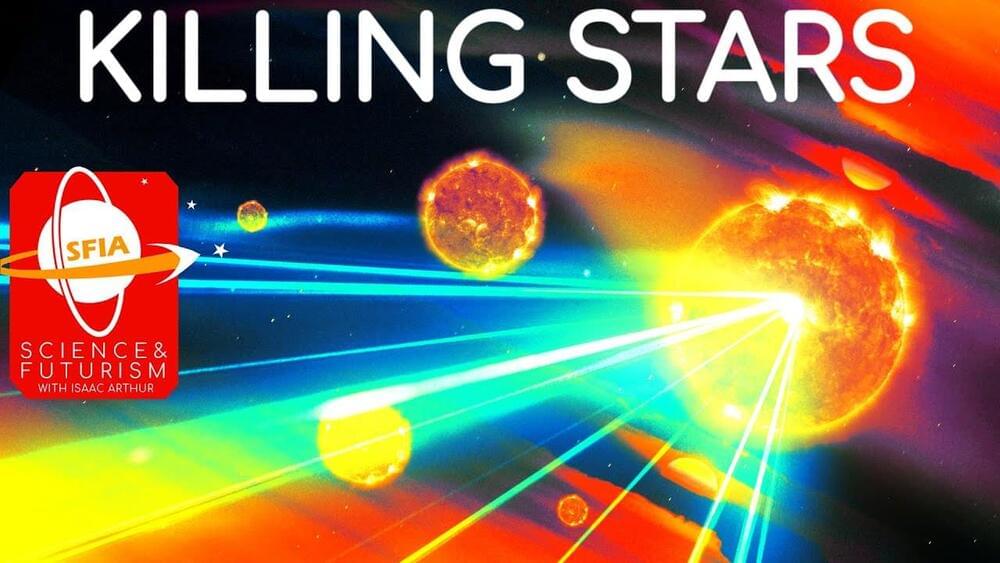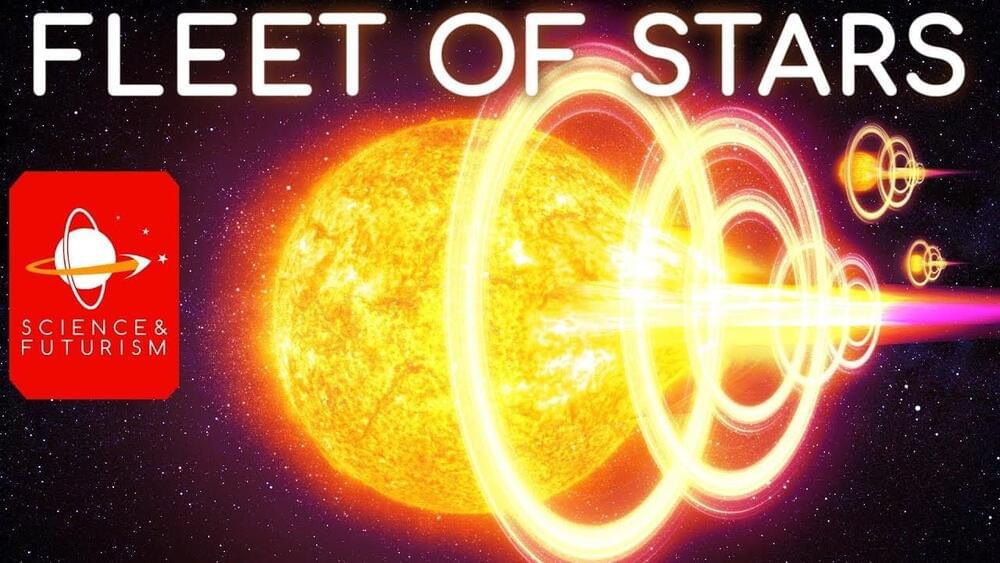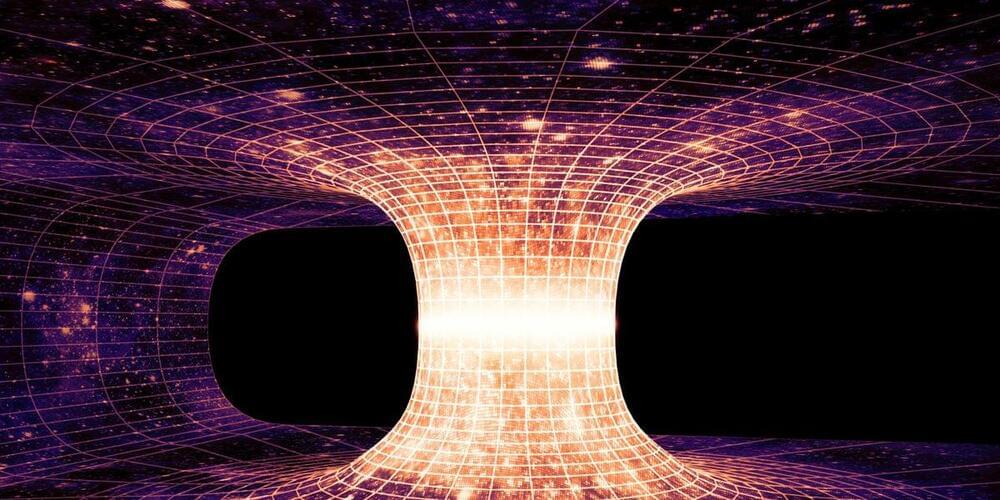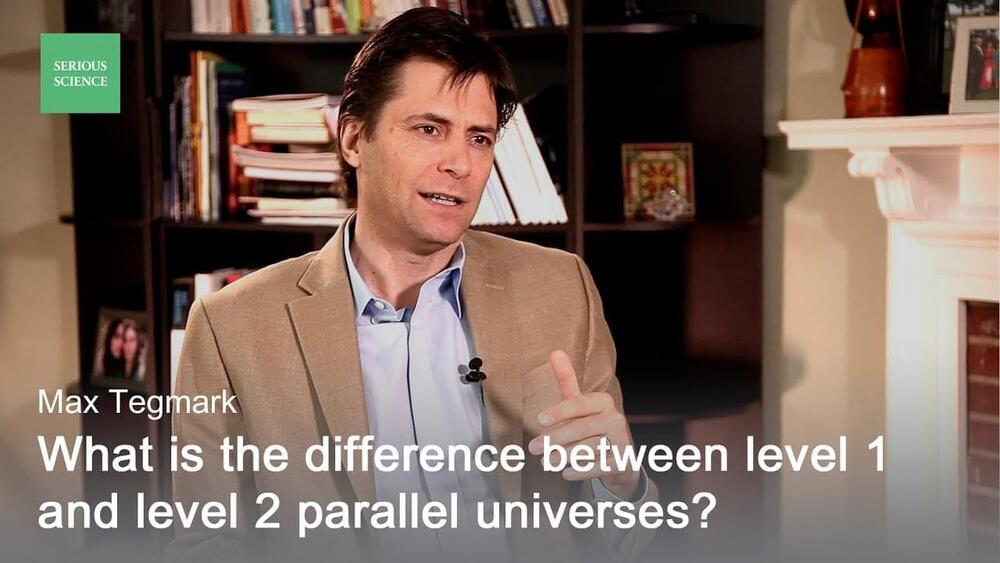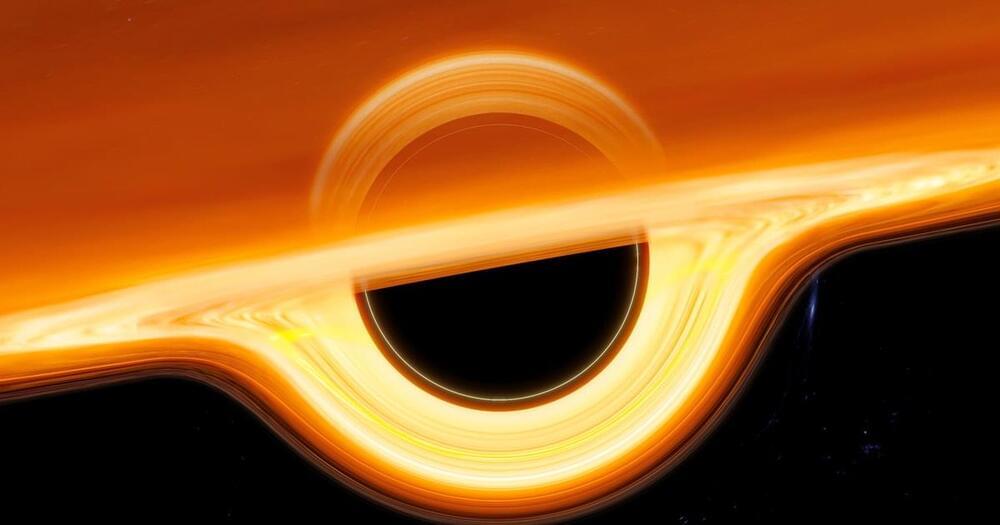Visit our sponsor, Brilliant: https://brilliant.org/IsaacArthur/
When the largest of stars dies, the supernova they produce can outshine a whole galaxy, and potentially sterilize vast swathes of space. Future civilizations will need to be able to prevent or mitigate such events, though some might seek to artificially ignite a nova.
Visit our Website: http://www.isaacarthur.net.
Support us on Patreon: https://www.patreon.com/IsaacArthur.
Facebook Group: https://www.facebook.com/groups/1583992725237264/
Reddit: https://www.reddit.com/r/IsaacArthur/
Twitter: https://twitter.com/Isaac_A_Arthur on Twitter and RT our future content.
SFIA Discord Server: https://discord.gg/53GAShE
